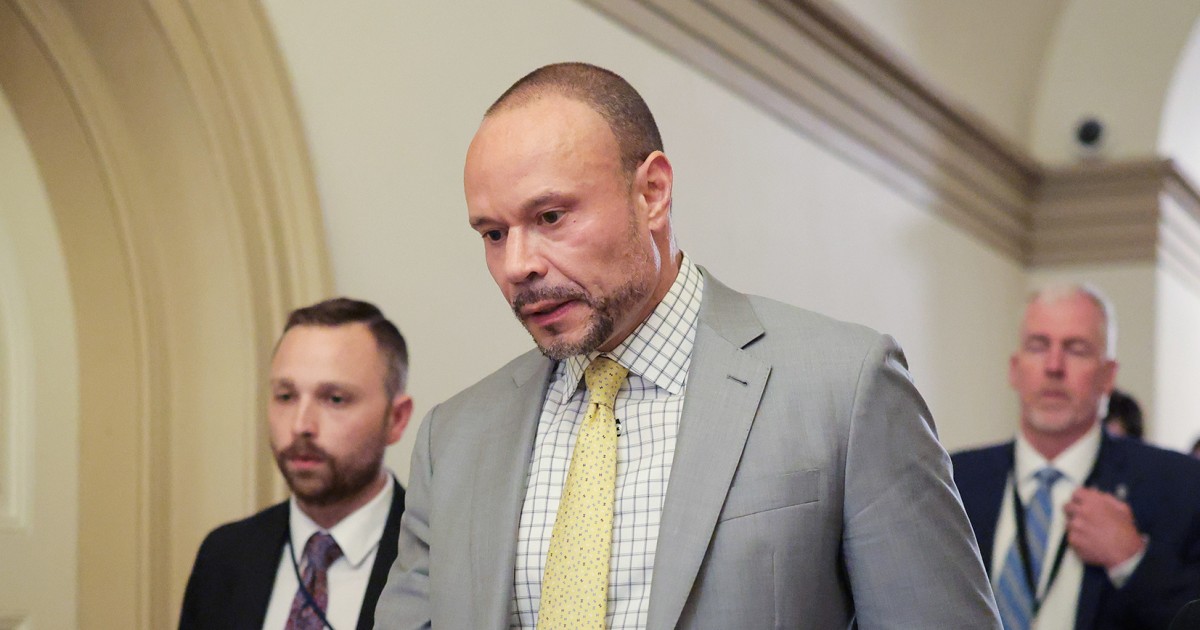Justice Department Fires and Charges Staffer for Throwing Sandwich at Federal Agent

Introduction
The Justice Department has fired and charged a staffer who has admitted to throwing a sandwich at a federal agent deployed in D.C. This incident occurred during a time of heightened tensions between law enforcement and the public, making it a significant and concerning event. Sean Dunn, a lawyer at the Justice Department, has taken responsibility for his actions and now faces the consequences of his actions.
Key Details
According to reports, the incident took place at a busy lunch spot near the White House. Dunn, who was on his lunch break, allegedly threw the sandwich at a Customs and Border Protection officer who was on duty in the area. The reason for Dunn's actions is still unknown, but it has been confirmed that he has been fired from his position and is now facing charges for his actions.
Impact
This incident not only reflects poorly on the Justice Department, but it also raises concerns about the behavior and actions of those in positions of power. The fact that Dunn, a lawyer at the Justice Department, would engage in such behavior is troubling and raises questions about the culture and values within the department. This incident serves as a reminder that even those in positions of authority are not immune to making poor judgement and facing the consequences of their actions.
About the Organizations Mentioned
Justice Department
The United States Department of Justice (DOJ) is the principal federal agency responsible for enforcing federal laws, ensuring public safety, and protecting civil rights. Headquartered in Washington, D.C., the DOJ operates under the leadership of the Attorney General, who serves as a key member of the President’s Cabinet. As of 2025, Pam Bondi holds this position, having taken office in February and quickly shaping the department’s priorities. Established in 1870 during President Ulysses S. Grant’s administration, the DOJ’s roots trace back to the creation of the Attorney General’s office in 1789. Over the years, it has grown into a vast organization with more than 115,000 employees and over 40 component agencies, including the Federal Bureau of Investigation (FBI), Drug Enforcement Administration (DEA), and U.S. Marshals Service. The DOJ also houses specialized divisions for criminal, civil, antitrust, tax, civil rights, and national security matters, and oversees 94 U.S. Attorney offices nationwide. The DOJ’s mission centers on upholding the rule of law, safeguarding national security, and defending civil liberties. In 2025, the department has shifted its enforcement focus, prioritizing areas such as healthcare fraud, customs and tariff evasion, and corporate misconduct, especially involving foreign adversaries and financial gatekeepers. Recent policy changes have emphasized efficiency in investigations and reduced reliance on corporate compliance monitors, reflecting a broader effort to minimize regulatory burdens on businesses. Notably, the DOJ has also been tasked with reviewing past government conduct to address concerns about the “weaponization” of federal agencies, ensuring accountability and restoring public trust. For business and technology leaders, the DOJ’s evolving priorities—particularly in areas like cybersecurity, antitrust, and international trade—have significant implications for compliance, risk management, and corporate governance.
Customs and Border Protection
U.S. Customs and Border Protection (CBP) is a federal agency primarily responsible for securing the nation’s borders, facilitating lawful trade and travel, and countering terrorism. Established as part of the Department of Homeland Security, CBP enforces laws related to immigration, customs, and agriculture at U.S. ports of entry and along borders[1][4]. CBP’s mission has evolved with changing political priorities, notably under recent administrations. In 2025, CBP’s core focus areas include border security enhancements, trade facilitation using advanced technology, and immigration enforcement, aligning with policies such as the “Securing our Borders” Executive Order signed on January 20, 2025, which directed CBP to strengthen operational efficiency and border security during the first 100 days of the administration[1][3]. Technological innovation is a key element of CBP’s strategy. The agency launched the CBP One mobile app to streamline traveler access to services, including scheduling inspections of biological products and managing asylum processes digitally. This app represents a significant modernization effort to improve efficiency and transparency at border crossings, although it has also been subject to legal challenges related to immigration policies implemented alongside it[2]. Historically, CBP has been instrumental in intercepting illegal drugs, preventing unauthorized entry, and facilitating international trade compliance. Its operations integrate biometrics, non-intrusive inspection technologies, and smart border infrastructure to address contemporary security threats and trade demands[1]. Currently, CBP balances its enforcement role with the facilitation of legitimate commerce and travel amid dynamic immigration laws and policies. It remains a critical agency at the intersection of national security, commerce, and immigration, continuously adapting through technology and policy to meet complex border management challenges[1][2][4].








